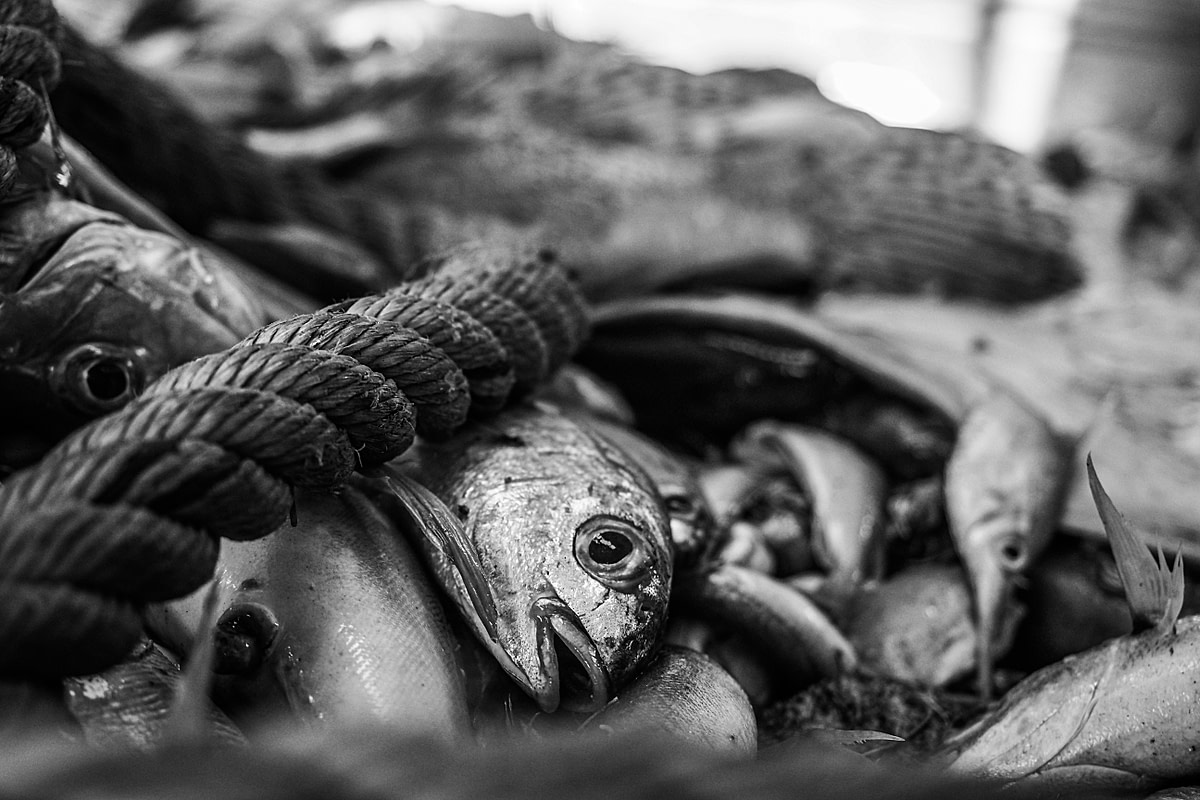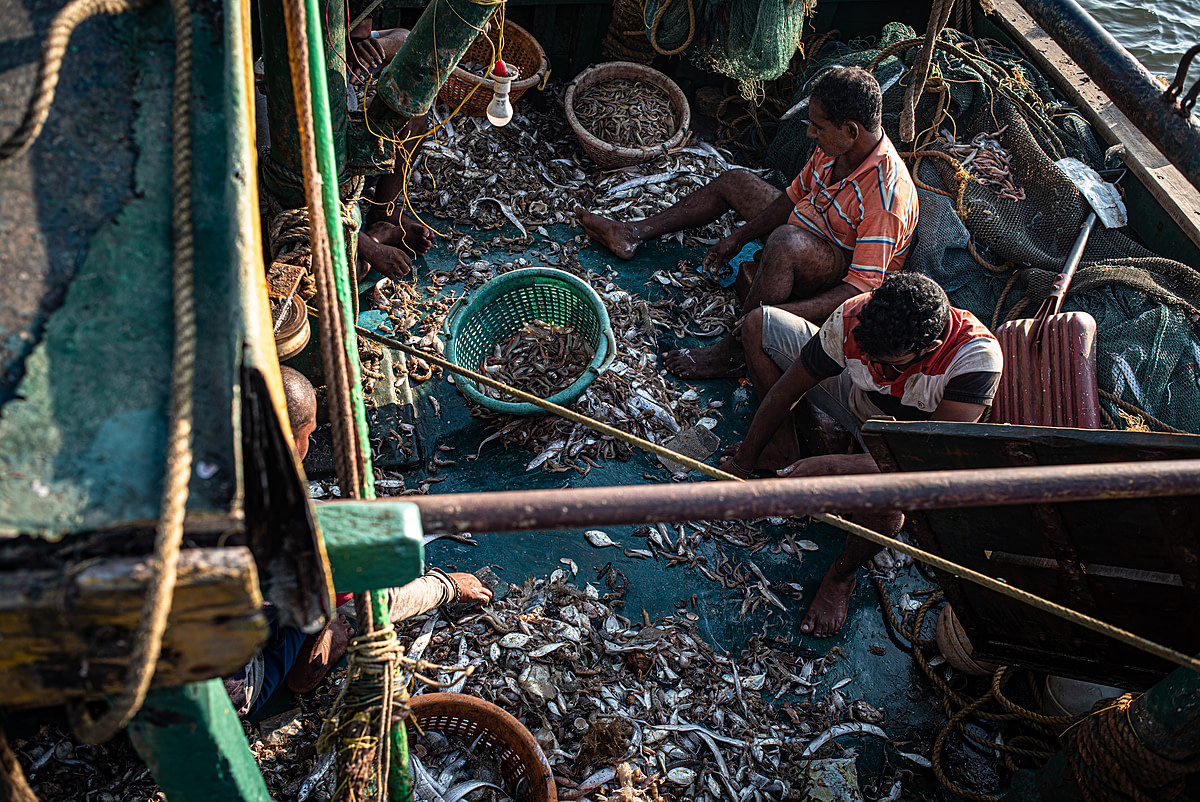Our Top 10 Images For World Ocean’s Day
Editor’s Note: This post was originally published on 7 June, 2022 and has been updated for accuracy and to include new visuals.
June 8 is World Oceans Day, an annual United Nations (UN) event dedicated to celebrating the ocean and the vital systems that it supports. The 2023 theme is ‘Planet Ocean: Tides Are Changing’. This World Oceans Day we’re telling the stories of marine animals.
Our appetite places an enormous burden on fish and other sea life, which in turn puts great strain on marine ecosystems. Marine animals are killed in much higher numbers than land animals; global estimates range from one to three trillion each year. Most species are only measured by weight, not by number of animals, so exact numbers are impossible to know.
“We see fish in schools and not as individuals. These images show both industry and the individuals caught in our systems. We have been taught not to anthropomorphize, but this has prevented us from even acknowledging that their expressions and struggles, their dying and dead bodies, may actually be conveying something that we can understand: suffering.” ― Jo-Anne McArthur, animal photojournalist and We Animals Media Founder
High-quality visuals are key to engaging people in conversations about these issues. Explore our collection of 3,500+ images and video clips to help you tell these important stories. Below is a selection of ten of these photographs, curated by the We Animals Media team for World Oceans Day 2023.
Though we may find it difficult to relate to aquatic animals, studies show they experience pain and stress. Whether farmed or wild-caught, the trillions are made up of individuals who suffer slow and painful deaths.
“One way to understand the suffering of fish is to compare it with our sense of drowning – except that fish asphyxiate in the air. When nets drag them too quickly to the surface, they, like us, suffer from “the bends”. This can make their blood vessels burst and their eyes pop.” ― Jo-Anne McArthur
These photographs are just a selection from our Aquatic Life gallery, which features over 3,500 compelling visuals captured by our team of international photojournalists. As always, our visuals are available for free to anyone working to inspire compassion, conversation and a change in the tide.
Data sources: UN World Oceans Day / Fish Count / Psychology Today
This World Oceans Day, help tell the stories of aquatic life sentience and suffering. View and download these images (and more) or search specific keywords to get the visuals you need.
More like this from We Animals Media:
From Source to Sale: Shrimp Farming and Fishing in India
by We Animals Media | Feb 2, 2023
Assignment: Inside Indonesia’s Shark Fin and Meat Trade
by We Animals Media | Dec 19, 2022
Monbiot: Our Dying Coastlines
by Alex Lockwood | Aug 13, 2020













